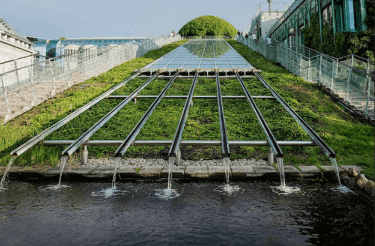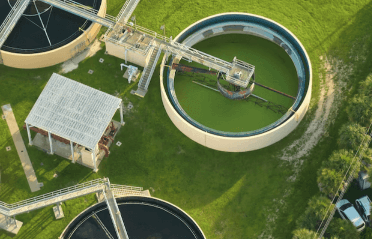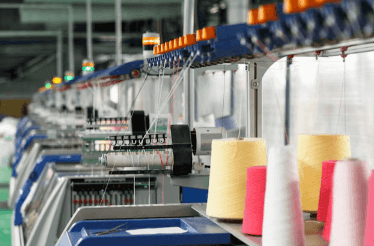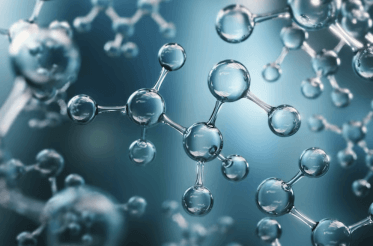Question
a.
parasitic
b.
saprophytic
c.
anerobic
d.
none of these
Posted under Basic Chemical Engineering
Interact with the Community - Share Your Thoughts
Uncertain About the Answer? Seek Clarification Here.
Understand the Explanation? Include it Here.
Q. Most of the bacteria in sewage are
Similar Questions
Explore Relevant Multiple Choice Questions (MCQs)
Q. Which of the following is the most major constituents of air pollutants ?
View solution
Q. Shouting by a man at his full voice corresponds to a voice level of about __________ decibels.
View solution
Q. Carbonaceous particles having size less than 1 μm are called
View solution
Q. __________ substances present in sewage are removed in grit chamber during sewage treatment.
View solution
Q. Pick out the wrong statement pertaining to 'green house' for the plants.
View solution
Q. In water treatment, alum[Al₂(SO₄)₃] is used for the process of
View solution
Q. Pick out the one which is not a chemical coagulant.
View solution
Q. Presence of iron and manganese in water causes
View solution
Q. Septic tanks are used for the __________ of the deposited solids.
View solution
Q. The term Biological Oxygen Demand (BOD) is used in relation to
View solution
Q. The destruction of water-borne pathogens is termed as disinfection of water. Which of the following is a water disinfectant ?
View solution
Q. Disinfection of water is done to destroy pathogenic bacteria and thus prevent water-borne diseases. Disinfection of water may be done by the use of
View solution
Q. Which of the following processes is involved in the biochemical treatment of sewage effluents ?
View solution
Q. Infective bacteria in water is killed by the __________ process.
View solution
Q. Which of the following pollutants is absent in the emissions from a fertiliser plant ?
View solution
Q. Salt content in sea water is about __________ percent.
View solution
Q. Noise level inside a jet air liner in normal flight is about __________ decibels.
View solution
Q. What is the major constituents of waste/polluted water discharged from textile, pulp & paper, tanning, distillary, dairy and meat packing industries ?
View solution
Q. Water filtration rate in a rapid sand filter ranges from __________ kilolitres/m²/hr.
View solution
Q. Hazardous/polluting chemical industries should have an 'exclusion zone' with a green belt and general public access prohibited around it, covering a radius of ____ metres.
View solution
Recommended Subjects
Are you eager to expand your knowledge beyond Basic Chemical Engineering? We've handpicked a range of related categories that you might find intriguing.
Click on the categories below to discover a wealth of MCQs and enrich your understanding of various subjects. Happy exploring!








